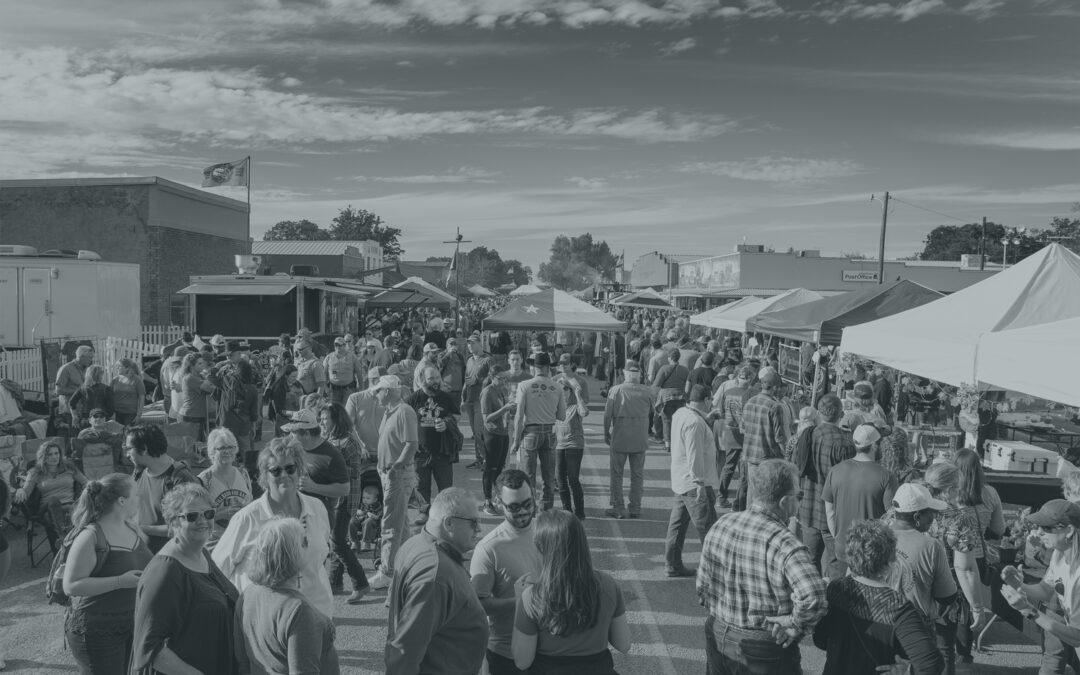
by daron | Feb 9, 2022 | Event Marketing, Uncategorized
TABLE OF CONTENTS $ What is event marketing, and how can Root and Roam help? $ Why is event marketing important? $ Event Marketing Plan $ Event Marketing Plan—The Questions You Need to Answer $ Event Marketing Strategy $ Develop Event Marketing Assets $ Marketing...

by daron | Jan 14, 2022 | Branding, Digital Marketing, Event Marketing, Graphic Design, Traditional Marketing
The history of marketing – Marketing is defined as the action of promoting and selling products or services. For as long as there has been something to trade, barter, or sell, there has also been marketing. From the first example of branded materials to the...

by Amy | Oct 26, 2021 | Digital Marketing, Event Marketing, Public Relations, Root & Roam Blog, Traditional Marketing
TABLE OF CONTENTS $ Holiday Offer $ Holiday Marketing Goals $ Campaign Key Performance Indicators $ Holiday Marketing Campaign Target Audience and Personas $ Holiday Campaign Budget $ Holiday Marketing Action Items $ Get to Work On Your Marketing Plan $ Holiday...

by Amy | Apr 15, 2021 | Branding, Creative Services, Event Marketing, Graphic Design, Public Relations, Root & Roam Blog, Traditional Marketing
The agency and the brand Here at Root and Roam, we’ve enjoyed almost a decade of supporting one of our favorite clients, Pederson’s Natural Farms. Pederson’s was the first to create a no-sugar bacon and make it available nationally. They’ve grown to 90...





